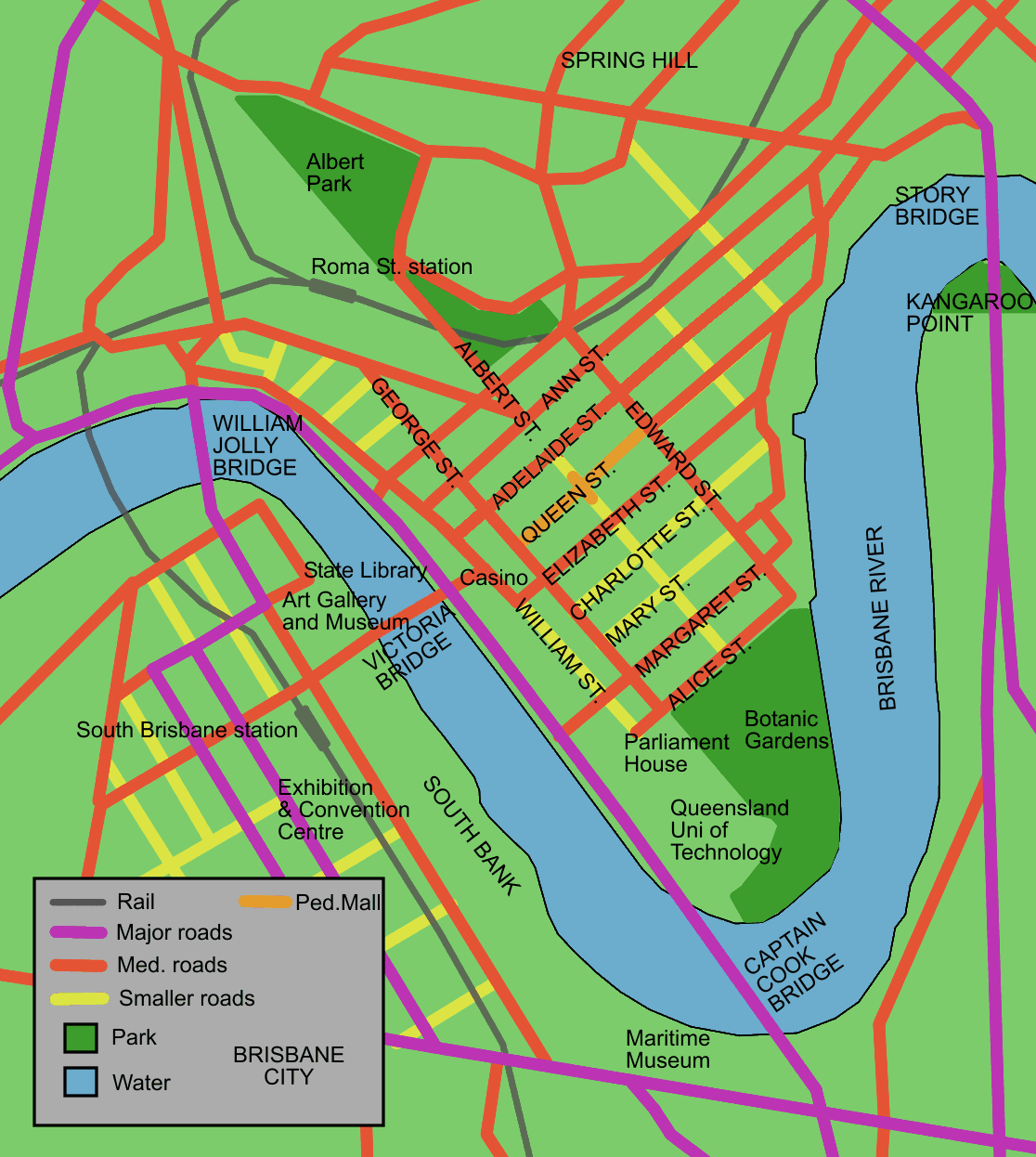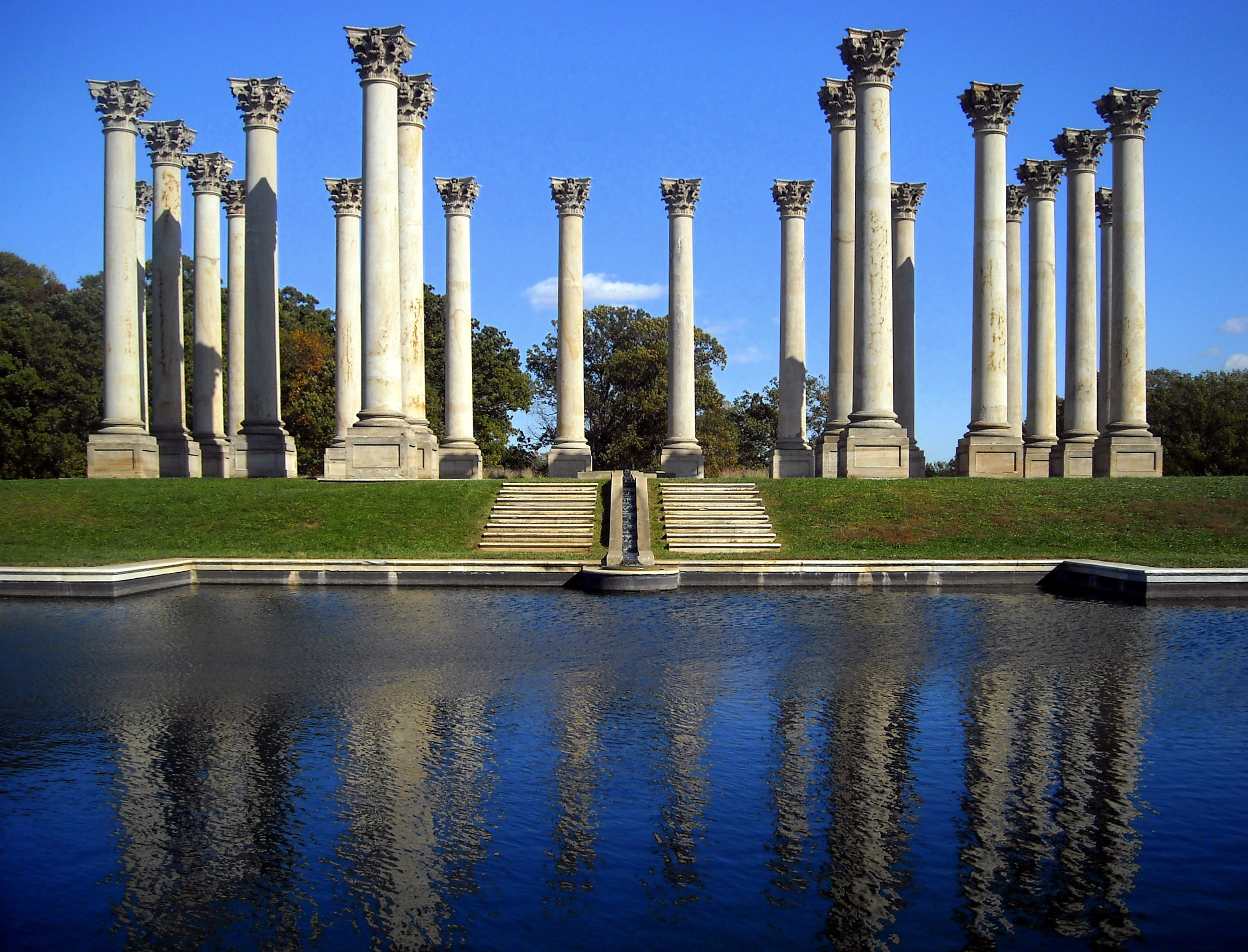|
Rothwells Building
Rothwells Building is a heritage-listed commercial building at 237 Edward Street, Brisbane City, City of Brisbane, Queensland, Australia. It was built from 1885 to 1909 by W Macfarlane. It was added to the Queensland Heritage Register on 21 October 1992. History Rothwells Building was erected in 1885 along with the adjacent Rowes Building. These buildings were erected together for their respective owners, John Forsyth and Thomas MacDonald-Paterson. Forsyth was a local merchant while MacDonald-Paterson was a solicitor and who also served as a Member of Parliament. The buildings cost £13,000 to erect and the contractor for the project was W Macfarlane. The ground floor was designed to be used as offices while the other floors were intended for either offices or warehousing. Forsyth leased his half of the building to Carew, Gardner and Billington Limited in January 1887. This family drapery and importing company later purchased the building in 1896, and in turn leased the bu ... [...More Info...] [...Related Items...] OR: [Wikipedia] [Google] [Baidu] |
Edward Street, Brisbane
Edward Street is a busy thoroughfare in the Brisbane central business district, Queensland, Australia. It is a one-way street located between Albert Street and Creek Street, and runs from Upper Edward Street to Alice Street. It is named after Edward VII of the United Kingdom. A number of prominent Brisbane landmarks are situated on Edward Street. The Central Station, the Queen Street Mall, the Metro Arts Theatre and the City Botanic Gardens can be accessed from Edward Street. A number of Brisbane CBD shopping centres have entrances from Edward Street. These include QueensPlaza, Wintergarden, MacArthur Central, ANZAC Square Arcade and Rowes Arcade. History In 1866 a Baptist Church opened in Edward Street. Heritage listings There are a number of heritage-listed sites in Edward Street, including: * 2 Edward Street: Old Mineral House * 3 Edward Street: former Naval Offices * 32 Edward Street: Smellie's Building * 39 Edward Street: former Port Office * 4 ... [...More Info...] [...Related Items...] OR: [Wikipedia] [Google] [Baidu] |
Brisbane Central Business District
Brisbane City is the central suburb and central business district of Brisbane, the state capital of Queensland, Australia. It is colloquially referred to as the "Brisbane CBD" or "the city". It is located on a point on the northern bank of the Brisbane River, historically known as ''Meanjin'', ''Mianjin'' or ''Meeanjin'' in the local Aboriginal Australian dialect. The triangular shaped area is bounded by the median of the Brisbane River to the east, south and west. The point, known at its tip as Gardens Point, slopes upward to the north-west where the city is bounded by parkland and the inner city suburb of Spring Hill to the north. The CBD is bounded to the north-east by the suburb of Fortitude Valley. To the west the CBD is bounded by Petrie Terrace, which in 2010 was reinstated as a suburb (after being made a locality of Brisbane City in the 1970s). In the the suburb of Brisbane City had a population of 9,460 people. Geography The Brisbane central business district ... [...More Info...] [...Related Items...] OR: [Wikipedia] [Google] [Baidu] |
Pediment
Pediments are gables, usually of a triangular shape. Pediments are placed above the horizontal structure of the lintel, or entablature, if supported by columns. Pediments can contain an overdoor and are usually topped by hood moulds. A pediment is sometimes the top element of a portico. For symmetric designs, it provides a center point and is often used to add grandness to entrances. The tympanum, the triangular area within the pediment, is often decorated with a pedimental sculpture which may be freestanding or a relief sculpture. The tympanum may hold an inscription, or in modern times, a clock face. Pediments are found in ancient Greek architecture as early as 600 BC (e.g. the archaic Temple of Artemis). Variations of the pediment occur in later architectural styles such as Classical, Neoclassical and Baroque. Gable roofs were common in ancient Greek temples with a low pitch (angle of 12.5° to 16°). History The pediment is found in classical Greek templ ... [...More Info...] [...Related Items...] OR: [Wikipedia] [Google] [Baidu] |
Cornice
In architecture, a cornice (from the Italian ''cornice'' meaning "ledge") is generally any horizontal decorative moulding that crowns a building or furniture element—for example, the cornice over a door or window, around the top edge of a pedestal, or along the top of an interior wall. A simple cornice may be formed just with a crown, as in crown moulding atop an interior wall or above kitchen cabinets or a bookcase. A projecting cornice on a building has the function of throwing rainwater free of its walls. In residential building practice, this function is handled by projecting gable ends, roof eaves and gutters. However, house eaves may also be called "cornices" if they are finished with decorative moulding. In this sense, while most cornices are also eaves (overhanging the sides of the building), not all eaves are usually considered cornices. Eaves are primarily functional and not necessarily decorative, while cornices have a decorative aspect. A building's project ... [...More Info...] [...Related Items...] OR: [Wikipedia] [Google] [Baidu] |
Keystone (architecture)
A keystone (or capstone) is the wedge-shaped stone at the apex of a masonry arch or typically round-shaped one at the apex of a vault. In both cases it is the final piece placed during construction and locks all the stones into position, allowing the arch or vault to bear weight. In arches and vaults (such as quasi-domes) keystones are often enlarged beyond the structural requirements and decorated. A variant in domes and crowning vaults is a lantern. Keystones, as a hallmark of strength or good architecture, or their suggested form are sometimes placed in the centre of the flat top of doors, recesses and windows for decorative effect, so as to form an upward projection of a lintel. Although a masonry arch or vault cannot be self-supporting until the keystone is placed, the keystone experiences the least stress of any of the voussoirs, due to its position at the apex. Old keystones can decay due to vibration, a condition known as bald arch. Architecture In a rib-vaulted ... [...More Info...] [...Related Items...] OR: [Wikipedia] [Google] [Baidu] |
Architraves
In classical architecture, an architrave (; from it, architrave "chief beam", also called an epistyle; from Ancient Greek, Greek ἐπίστυλον ''epistylon'' "door frame") is the lintel (architecture), lintel or beam (structure), beam that rests on the capital (architecture), capitals of columns. The term can also apply to all sides, including the vertical members, of a frame with mouldings around a door or window. The word "architrave" has come to be used to refer more generally to a style of Molding (decorative), mouldings (or other elements) framing a door, window or other rectangular opening, where the horizontal "head" casing extends across the tops of the vertical side casings where the elements join (forming a butt joint, as opposed to a miter joint). Classical architecture In an entablature in classical architecture, it is the lowest part, below the frieze and cornice (architecture), cornice. The word is derived from the Greek language, Greek and Latin langu ... [...More Info...] [...Related Items...] OR: [Wikipedia] [Google] [Baidu] |
Columns
A column or pillar in architecture and structural engineering is a structural element that transmits, through compression, the weight of the structure above to other structural elements below. In other words, a column is a compression member. The term ''column'' applies especially to a large round support (the shaft of the column) with a capital and a base or pedestal, which is made of stone, or appearing to be so. A small wooden or metal support is typically called a '' post''. Supports with a rectangular or other non-round section are usually called '' piers''. For the purpose of wind or earthquake engineering, columns may be designed to resist lateral forces. Other compression members are often termed "columns" because of the similar stress conditions. Columns are frequently used to support beams or arches on which the upper parts of walls or ceilings rest. In architecture, "column" refers to such a structural element that also has certain proportional and decorativ ... [...More Info...] [...Related Items...] OR: [Wikipedia] [Google] [Baidu] |
Thomas MacDonald-Paterson
Thomas Macdonald-Paterson (9 May 1844 – 21 March 1906) was an Australian politician, a member of the Parliament of Queensland, and later, the Parliament of Australia. Early life Macdonald-Paterson was born in Glasgow, Scotland, he was educated there privately before migrating to Australia in 1861, where he became a butcher, speculator and lawyer. Politics In 1878 he was elected to the Legislative Assembly of Queensland as the member for Rockhampton; he transferred to Moreton in 1883 and to the Legislative Council in 1885, remaining there until 1887. He was a delegate to the Federation Convention of 1891, and returned to the Legislative Assembly in 1896 as the member for North Brisbane. In 1901 he transferred to federal politics, winning the Australian House of Representatives seat of Brisbane. Although there was no protectionist organisation in Queensland, he joined the Protectionist Party when the parliament sat. In 1903, the National Liberal Union (a protectionist organ ... [...More Info...] [...Related Items...] OR: [Wikipedia] [Google] [Baidu] |
Brisbane City, Queensland
Brisbane City is the central suburb and central business district of Brisbane, the state capital of Queensland, Australia. It is colloquially referred to as the "Brisbane CBD" or "the city". It is located on a point on the northern bank of the Brisbane River, historically known as ''Meanjin'', ''Mianjin'' or ''Meeanjin'' in the local Aboriginal Australian dialect. The triangular shaped area is bounded by the median of the Brisbane River to the east, south and west. The point, known at its tip as Gardens Point, slopes upward to the north-west where the city is bounded by parkland and the inner city suburb of Spring Hill to the north. The CBD is bounded to the north-east by the suburb of Fortitude Valley. To the west the CBD is bounded by Petrie Terrace, which in 2010 was reinstated as a suburb (after being made a locality of Brisbane City in the 1970s). In the the suburb of Brisbane City had a population of 9,460 people. Geography The Brisbane central business district ... [...More Info...] [...Related Items...] OR: [Wikipedia] [Google] [Baidu] |
Rowes Building
Rowes Building is an Australian heritage-listed office building at 235 Edward Street, Brisbane. It is also known as Rowes Arcade. It was built from 1885 to 1926 by W Macfarlane. It was added to the Queensland Heritage Register on 21 October 1992; the address on the heritage register is 221 Adelaide Street as the Rowes Building is on part of an L-shaped piece of land which has frontages onto both Edward and Adelaide Streets with Adelaide as the official address of the land. History Rowes Building was erected in 1885 along with the adjacent Rothwells Building. These buildings were erected together for their respective owners, Thomas MacDonald-Paterson and John Forsyth. MacDonald-Paterson was a solicitor and also served as a Member of Parliament. The buildings cost £13,000 to erect and the contractor for the project was W. Macfarlane. The ground floor was designed to be used as offices while the other floors were intended for either offices or warehousing. Macdonald-Paterson ... [...More Info...] [...Related Items...] OR: [Wikipedia] [Google] [Baidu] |




.png)

